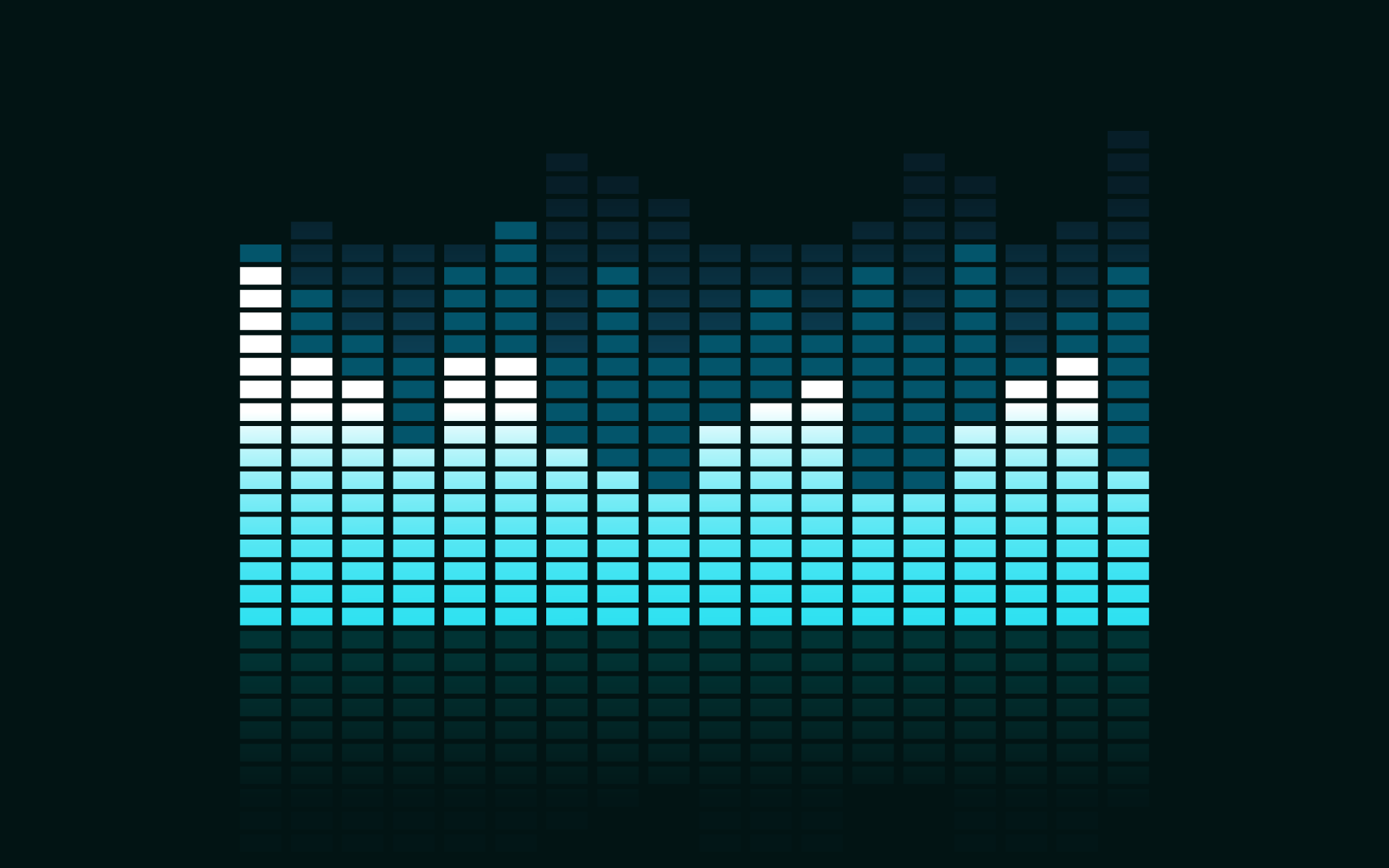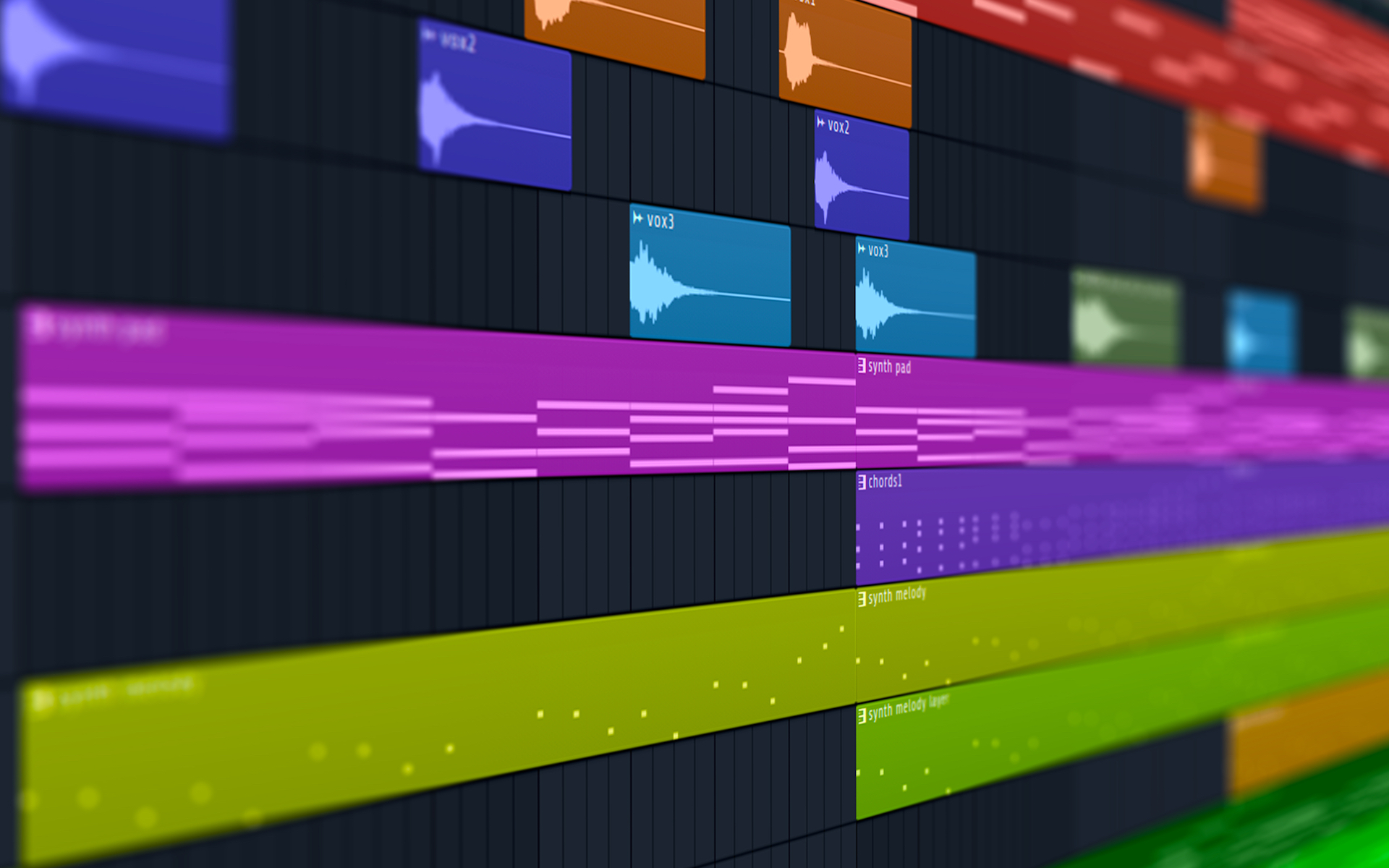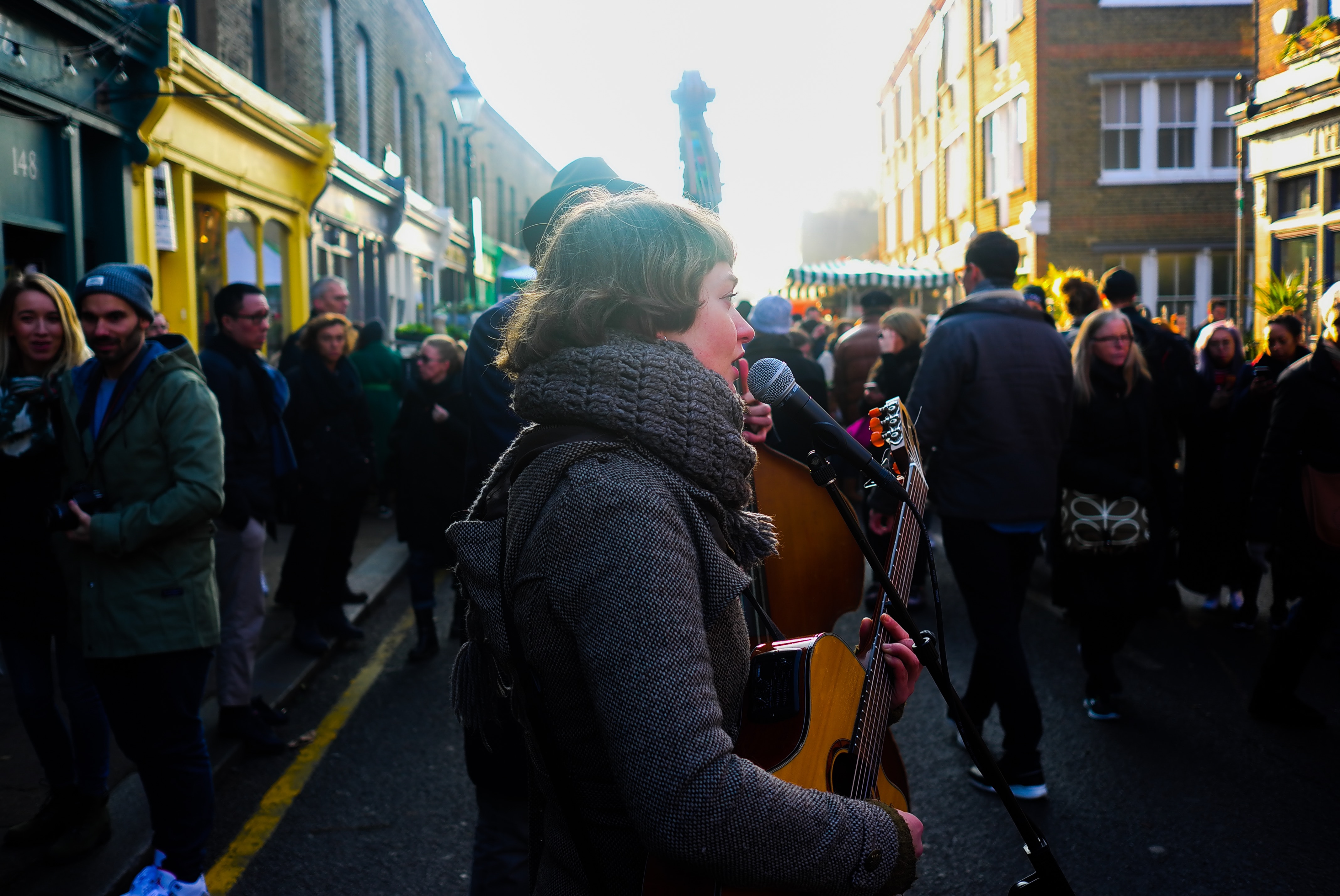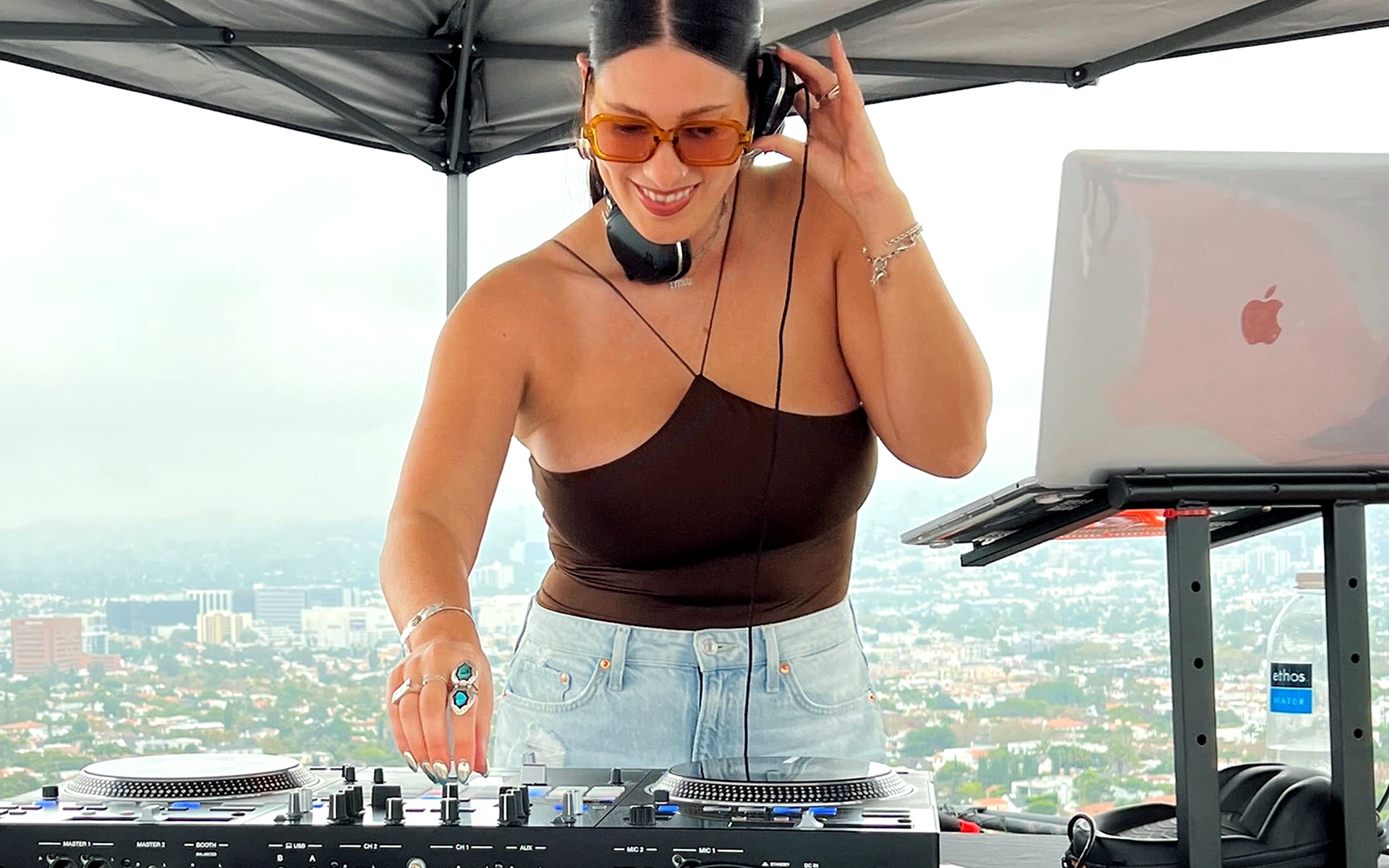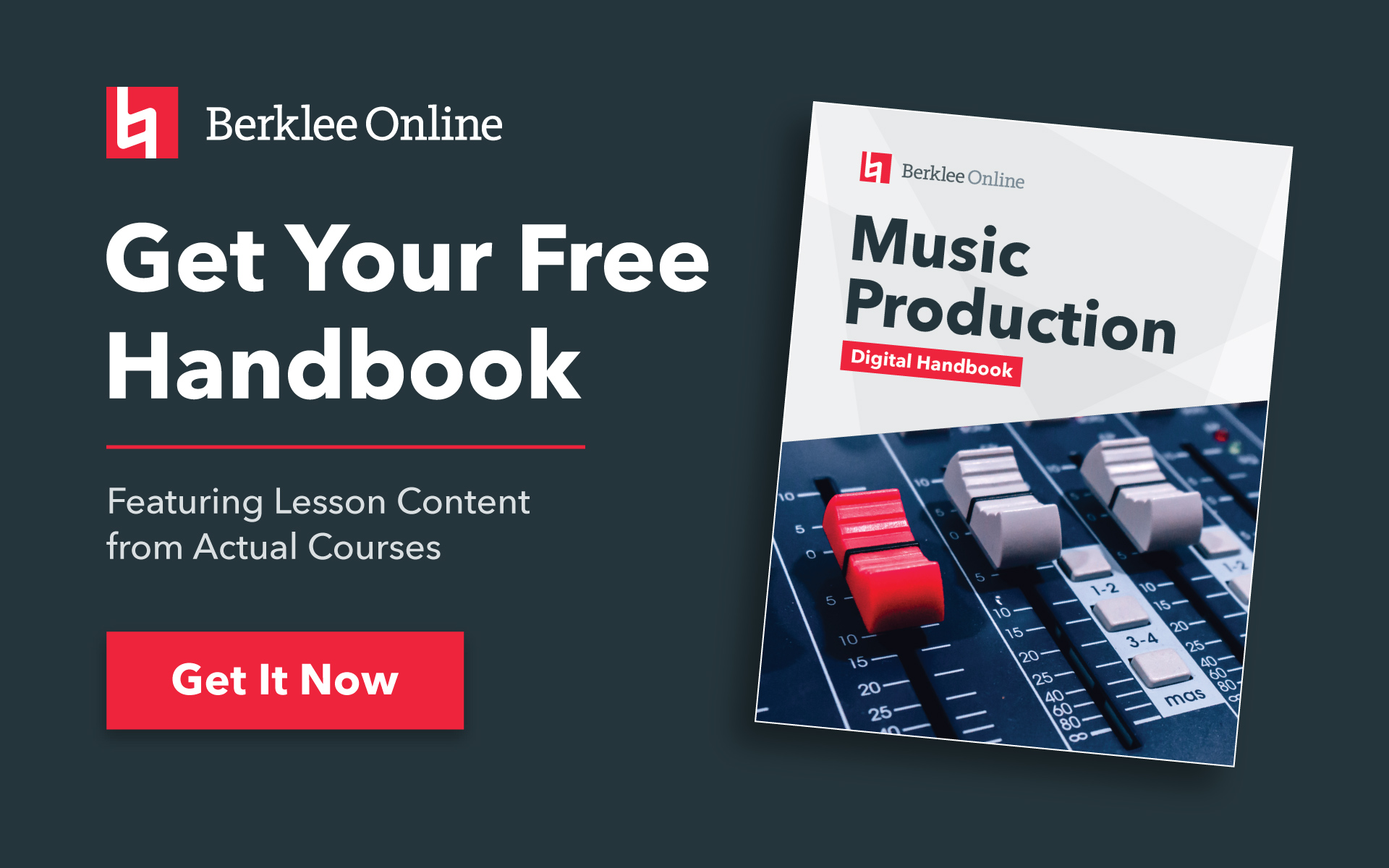The following information on EQ is excerpted from the Berklee Online graduate course Advanced Mixing Techniques, written by Rich Mendelson, and currently enrolling.
If you’re stepping into music production for the first time, you might be wondering, “What does EQ stand for?” In music, EQ stands for Equalization, which is a plug-in intended to manipulate the frequency content of your recordings, and help all of the elements of your production work together sonically. Every note an instrument plays has a fundamental frequency, and overtones above it, which give it a specific timbre and make it recognizable.
If you’re starting to experiment with how to use equalizer in your production, here are some tried and true equalization strategies:
1. Turn a Knob Until it Sounds Better
I know this may sound facetious, but really this is pretty much what equalizing is all about, don’t you think? Of course there is more to it than this, but let’s hold this principle as a workable bottom line. Also, the opposite of this is true as well; don’t turn a knob and make it sound worse!
2. Additive EQ
Additive EQ is boosting a frequency or frequencies. Boosting is not inherently better or worse than subtractive EQ (cutting). However, what is true is that an EQ boost adds volume to a signal and thus must be managed to avoid distortion. Also, most equalizers alter the harmonic balance such that subtle phase anomalies may occur. This tends to become more pronounced by large boosts.
Boosts also may bring up adjacent frequencies above or below the center let’s say we have a bell boost with a center frequency of 100 Hz. Above that we may also be increasing lower midrange in the 125-200 Hz area, depending on the Q of the boost. If so, we may need to cut at 150 on another EQ band to compensate. Still, adding a frequency is sometimes what is needed to bring a track forward in the mix, differentiating it and bringing clarity to the sonic landscape.
Low Boosts
Low boosts in the 40-100 Hz range add that boom on the bottom, which is especially pertinent for modern kick, bass, and tom sounds. Lower-mid boosts in the 200-600 Hz range can add warmth to a track when needed, such as a thin vocal track, but may also bring unwanted muddiness to the picture.
Midrange Boosts
Midrange boosts in the 1,000-4,000 Hz range can add presence, bringing a track forward and defining it, but may add a nasal, honking quality if overdone.
Upper Midrange Boosts
Upper midrange in the 5,000-9,000 range can add bite to a track but may also add harshness.
High End Boosts
10,000 Hz and above can add air and sheen to a track, but if overdone can make the mix unpleasant to listen to. In other words, please refer to item one in all cases!
3. Subtractive EQ
Cutting frequencies is often about fixing, whether it be cleaning up mud in the low range or lower midrange with high-pass filters, reducing midrange conflicts between instruments to open up a mix, or filtering highs to bandwidth limit and make room for sparkle in other areas. With parametric subtractive EQ, cuts work better with narrower Q settings (bandwidth). It’s not unusual to need many narrow cuts in the midrange to manage harshness and unwanted resonance on tracks such as a lead vocal. Boosts on the other hand sound odd when they are too narrow or overly peaky.
Another thing to keep in mind with cuts is cutting one frequency may create the sonic impression of a boost for another adjacent frequency since the harmonic balance is altered. In that case, a cut in essence becomes like a boost.
4. Exaggerate a frequency boost and sweep to find the worst sounding frequency, then cut that frequency
A great feature with Ozone 8, Neutron EQs, and some other DAW EQs is that you are able to solo a frequency by option-clicking it or anywhere inside the spectrum such that you hear only that frequency. This aids greatly in the above approach.
STUDY MUSIC PRODUCTION WITH BERKLEE ONLINE
5. Solo a Track
This is a fine way to get an in-the-ballpark EQ setting, but to really know, you must listen in the context of the whole mix. Still a little judicious soloing can be helpful for focusing.
6. EQ to a Reference Mix
The ear can be a fickle friend. It very rapidly adjusts to what is being heard and accepts it as the new normal. As a result, it is common to lose perspective, particularly after hours of mixing. Mixing to a reference is a great way to bring your ears back to reality.
7. Solo Tracks That Work Together
Here I’m talking about tracks such as kick and bass or acoustic guitar, hi-hat, and tambourine. Work with the EQ on the soloed tracks, making sure that they do not compete for fullness, clarity, or depth.
8. Don’t Over EQ
Sometimes EQ is not needed. Be tasteful and judicious in applying EQ.
9. Get the Sound with Something Other than an EQ
You could try compression or distortion. Both tend to add depth, impact, edge, tone, and that je ne sais quoi attitude.
10. Do NOT Obsess
Mix as much from instinct as intelligence. In fact, often instinct may be preferable!





